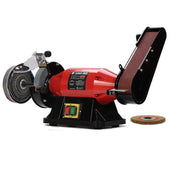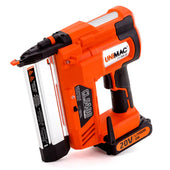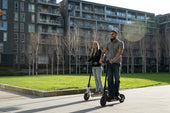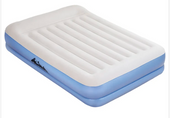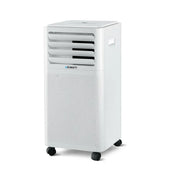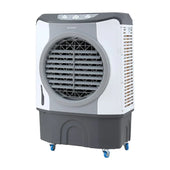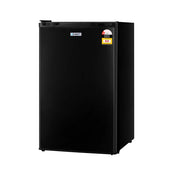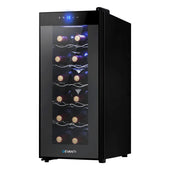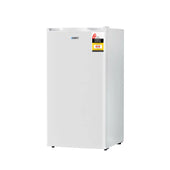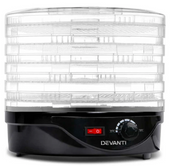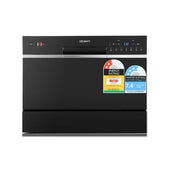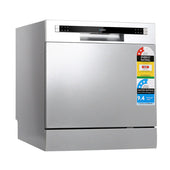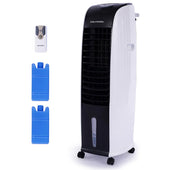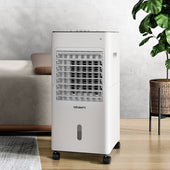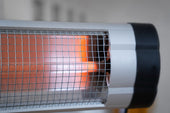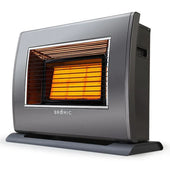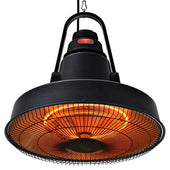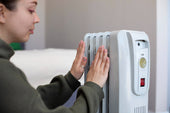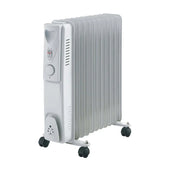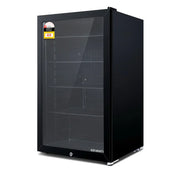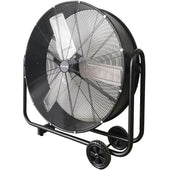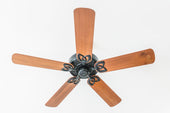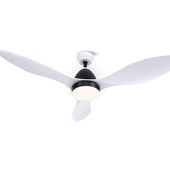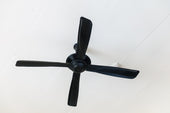Introduction to Massage Chair Tracks: Understanding the Basics
Massage chair tracks serve as the foundation for delivering targeted relief, defining the movement path of the rollers that provide massage. These tracks determine how effectively a chair can replicate the techniques of professional massage, catering to specific areas of the body.
There are primarily two types of massage chair tracks:
- S-Track: Designed to follow the natural curvature of the spine, an S-Track targets key regions like the neck, upper back, and lower back.
- L-Track: Extending from the neck down to the thighs, the L-Track provides broader coverage, including the glutes and hamstrings.
Each type offers unique benefits tailored to specific therapeutic needs, making track design essential for optimising massage experiences.
What is an S-Track Massage Chair? Key Features and Benefits
An S-Track massage chair During Days aligns its rollers with the natural curvature of the human spine. Designed to mimic the “S” shape of the backbone, it provides precise support and therapeutic relief to areas such as the neck, shoulders, mid-back, and lower back.
Key Features of S-Track Massage Chairs:
- Spinal Contouring Rollers: Tracks the spine’s contours, ensuring even pressure distribution.
- Targeted Back Relief: Focuses on alleviating tension in the neck and lumbar areas.
- Customisable Intensity: Offers adjustable settings for tailored comfort.
Benefits:
- Promotes proper posture by supporting spinal curvature.
- Reduces muscle stiffness and pain in key areas.
- Improves relaxation by targeting stress-prone zones effectively.
Breaking Down L-Track Massage Chairs: What Sets Them Apart
L-Track massage chairs bring extended coverage and versatility to massage therapy. Unlike S-Track chairs, the L-Track extends beyond the lower back, curving under the seat and running to the upper thighs. This design allows for full-body support, targeting areas like hamstrings and glutes that traditional chairs often overlook.
Key Characteristics of L-Track Massage Chairs:
- Extended Massage Coverage: Targets the back, glutes, and thighs.
- Ergonomic Design: Maintains spinal alignment, even when reclining.
- Customisation Options: Offers various intensity settings for broader relief.
These chairs are ideal for individuals seeking complete lower-body attention alongside back relief. Transitioning from S-Track to L-Track delivers enhanced relaxation and comprehensive care.
Comparing S-Track and L-Track: The Primary Differences
The S-Track and L-Track systems differ mainly in their design and application.
- S-Track Design: The S-Track follows the natural curvature of the spine, focusing on areas from the neck to the tailbone. Ideal for addressing tension in the upper and lower back, it emphasises spinal alignment and posture improvement during a massage.
- L-Track Design: The L-Track extends further, reaching areas like the glutes and hamstrings. It offers broader coverage, delivering relief to the upper back while extending support to lower muscle groups, including the thighs.
These designs determine the chair's therapeutic scope, catering to distinct needs effectively.
Targeted Relief: Which Track is Better for Specific Muscle Groups?
Both S-Track and L-Track massage chairs excel in targeting specific muscle groups, depending on the user's focus area.
- S-Track Massage Chairs: Designed to follow the natural curvature of the spine, these chairs are highly effective for relieving tension in the neck, shoulders, and upper to mid-back. The rollers align closely with the spine's S-shape, providing deep and precise relief.
- L-Track Massage Chairs: Extending further down to the glutes and hamstrings, these chairs cater to individuals dealing with lower back, hip, and leg tightness. The extended track ensures comprehensive coverage and aids postural alignment.
Choosing between the tracks depends on whether the upper body or lower body requires primary attention.
Examining Range of Coverage: From Neck to Glutes
The range of coverage in a massage chair depends significantly on the type of track system utilised.
- S-Track Massage Chairs are designed to follow the natural curvature of the spine. Their rollers travel from the neck down to the tailbone but are generally limited to this spinal path. While offering exceptional spinal relaxation, they may not effectively reach areas such as the glutes.
- L-Track Massage Chairs, in contrast, extend the range further. These are engineered to cover the neck, spine, and continue down to the glutes and upper thighs. This expanded coverage makes L-Tracks ideal for users seeking relief in lower body regions.
Both systems prioritise specific areas, influencing their therapeutic efficacy.
User Comfort and Body Alignment: How Each Track Performs
- S-Track Massage Chairs S-Track chairs are designed to follow the natural curvature of the spine, offering enhanced support and comfort. By tailoring the roller movements to the spinal shape, these chairs promote ideal body alignment. Users may experience targeted relief, particularly in the neck and lower back areas, where pressure commonly builds up. They focus on aligning the body effectively, providing a therapeutic experience for those seeking posture improvement.
- L-Track Massage Chairs In contrast, L-Track chairs extend massage coverage beyond the back, reaching the glutes and hamstrings. This extended track improves alignment by addressing tension throughout the lower body. The comprehensive design aids in full-body relief, accommodating users who experience discomfort in multiple regions. Comfort is further enhanced due to the chair’s capability to cover a larger surface area.
Durability and Longevity: Factors to Consider in Your Decision
When comparing S-Track and L-Track massage chairs, durability and longevity are critical aspects to evaluate. Both tracks use sophisticated mechanisms, but wear and tear can vary depending on design and use.
- Material Quality: S-Track chairs often feature simpler frameworks, which may be less prone to mechanical failure. L-Track chairs, however, require stronger materials due to their extended roller systems.
- Motor Strength: L-Track chairs often use heavier-duty motors to support the extended track, potentially increasing longevity with proper maintenance.
- Design Complexity: More intricate designs in L-Track systems may involve greater strain, while S-Track chairs benefit from fewer moving parts.
Consistent upkeep can significantly impact either chair’s lifespan.
Price Points and Value for Money: S-Track vs L-Track
When examining the price points of S-Track and L-Track massage chairs, it becomes evident that there is variability based on design complexity and functionality.
- S-Track Chairs: Commonly positioned as a standard option, these often cater to individuals seeking affordable entry-level solutions. Their pricing reflects a focus on simplicity, targeting buyers prioritising spinal relief over extended lower body coverage.
- L-Track Chairs: The added extended track design typically leads to a higher cost. These models provide additional coverage down to the glutes and thighs, appealing to those who deem broader therapeutic benefits worth the premium.
The cost differences underscore the relationship between functionality and perceived value, helping buyers assess investment options based on personal needs.
User Testimonials and Real-World Use Cases
Many users report experiencing targeted relief from S-Track chairs, citing their ability to precisely follow the spine’s natural curvature. They are often praised for addressing neck and lower back tension effectively, making them a top choice among individuals with desk jobs or chronic back pain.
Conversely, users of L-Track chairs frequently highlight their ability to deliver extended massages that reach the glutes and thighs. Athletes and active individuals particularly favour L-Track models, remarking on their usefulness in soothing muscles post-workout.
From business professionals to fitness enthusiasts, real-world applications reveal tailored advantages, making the choice largely dependent on personal needs and lifestyle factors.
Who Should Choose an S-Track Chair?
An S-Track massage chair is best suited for individuals whose primary concern is upper and mid-back relief. It offers targeted support for the natural curvature of the human spine, from the neck down to the lower back. Those experiencing tension in the shoulders, neck, or lumbar region often find this style of chair to be highly effective.
Its design focuses on delivering precise massage coverage across vertebrae, making it ideal for people with sedentary lifestyles or office-related discomfort. Additionally, users looking for basic massage functionality without foot or hip engagement may prefer the simplicity of an S-Track chair.
Who Benefits Most from an L-Track Chair?
An L-Track massage chair is particularly suited for individuals who experience persistent lower back, gluteal, or hamstring tension. Unlike traditional chairs, its extended rail system targets muscles along the spine and continues to the thighs, making it ideal for athletes seeking recovery or those with demanding physical routines. Office workers sitting for long hours may also benefit, as the L-Track alleviates the effects of poor posture. Additionally, it supports older adults facing chronic pain or stiffness in the hips and lower body. Users requiring deep tissue relief in regions beyond the lumbar area may find it indispensable.
Innovations in Track Design: What Does the Future Hold?
Massage chair manufacturers are consistently advancing track designs to enhance user comfort and therapeutic benefits. Emerging trends in the industry focus on adaptive tracks that contour precisely to spinal alignment, catering to diverse body shapes. Developers are exploring hybrid designs combining S-Track and L-Track functionalities to offer both upper and lower body coverage without compromise.
- Smart Sensors: Integration of AI-driven sensors to analyse body posture and customise track adjustments.
- Extendable Tracks: Tracks with modular extensions, allowing tailored full-body massages.
- Dynamic Movement Tracks: Mechanisms enabling flexible motions to follow complex curves.
These innovations strive to streamline relaxation and rehabilitation, pushing massage chairs towards futuristic functionality.
How to Decide: Factors to Consider Before Making Your Purchase
When choosing between S-Track and L-Track massage chairs, several factors should guide the decision:
- Body Needs and Focus Areas: S-Track chairs primarily focus on the back and spine, offering curvature support, while L-Track models extend to the glutes and hamstrings. Buyers should evaluate their specific pain points and desired coverage.
- Budget Constraints: L-Track chairs often cost more due to broader coverage. Those with limited budgets may find S-Track options more accessible.
- Available Space: L-Track chairs typically require more room to accommodate reclining. Compact spaces may suit an S-Track design.
- Daily Usage: Active users requiring lower-body relief might benefit from L-Tracks, whereas back pain sufferers may prefer S-Tracks.
- Brand and Features: Additional functions like heating, zero gravity, or customisable intensities differ across brands.
Each factor helps refine a shopper's priorities thoughtfully.
Conclusion: Which Track Offers the Ultimate Relaxation and Relief?
Determining the ultimate relaxation and relief depends on the individual's body type, needs, and preferences. The S-Track caters especially to those seeking precise spinal alignment and targeted relief along the natural curvature of the spine. In contrast, the L-Track offers an extended range, providing relief not only to the back but also to the glutes and hamstrings.
Users with sedentary lifestyles or lower body tension may favour the L-Track, while individuals prioritising back-focused therapy might lean toward the S-Track. Choosing between the two requires assessing personal comfort zones and the specific relief one desires.



